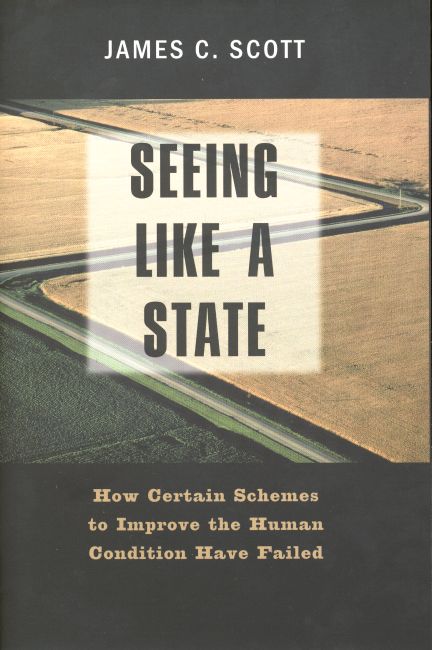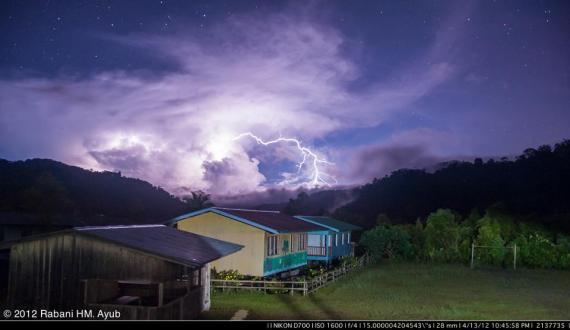Semporna Islanders’ Socio-Economic Profile
The settlements on the islands are made up of semi-permanent houses, shacks and some permanent structures. Power is supplied by generators to some homes, and cooking is done mainly with gas or wood. Rainwater is collected or water obtained from streams on the high islands, from wells or from the mainland.
There are no medical facilities on the islands and the only school is on Pulau Selakan, for primary age children. Many of the children who live on the other islands remain unschooled, and all students have to go to the mainland for secondary education. The local community visit the mainland for essential supplies, but all the settlements have access to small ‘tuckshops’ that sell basic items such as snacks, drinks and tinned food.
Several censuses of the island population were made during the Semporna Islands Project (SIP), with the most comprehensive one being carried out by Sabah Parks and SIP staff in November 1999. The island communities comprise a mixture of Bajau Samal (settled Bajau), Bajau Laut (nomadic sea gypsies), and Suluks (originally from the northern Sulu archipelago), and at the time of the census the total population was 2061 people, spread between 12 villages and about 100 stilt houses in diffuse clusters on the Sebangkat-Selakan reef top.
A new census of the Tun Sakaran Marine Park community was carried out between June and September, 2006, in order to see what changes had occurred since 1999, and to gather essential data for management. All the settlements in the Park were visited, and data collected from 387 households (over 99% of households present in the Park). The population was up slightly and stood at 2501, with the majority (44%) living on the Sebangkat Reef Top.
Conducting the SIDP Community Census, June 2006 © Irwan Mustapa
Socio-economic surveys have also been carried out, particularly to investigate resource use. For many years, the main economic activities of people living in the park have revolved around the extraction or cultivation of natural resources. Feedback from 243 islanders carried out during the second Boatshow in November 2005 showed that the main occupation was seaweed farming (56% of respondents) while 31% were fishermen. Minor categories were as follows: fruit planting 2.5%, cottage businesses 2.1%, sea-cucumber collectors 2.8%, live fish traders 0.8%, seaweed buyers 0.4%, boat building 0.8% (n=2) and housewife: 3.2%. It is common for people to have several jobs, and no one was unemployed. During the time of the project, there were no jobs in the tourism sector – the few visitors who came to the Park were brought in by tour operators based on the mainland.





